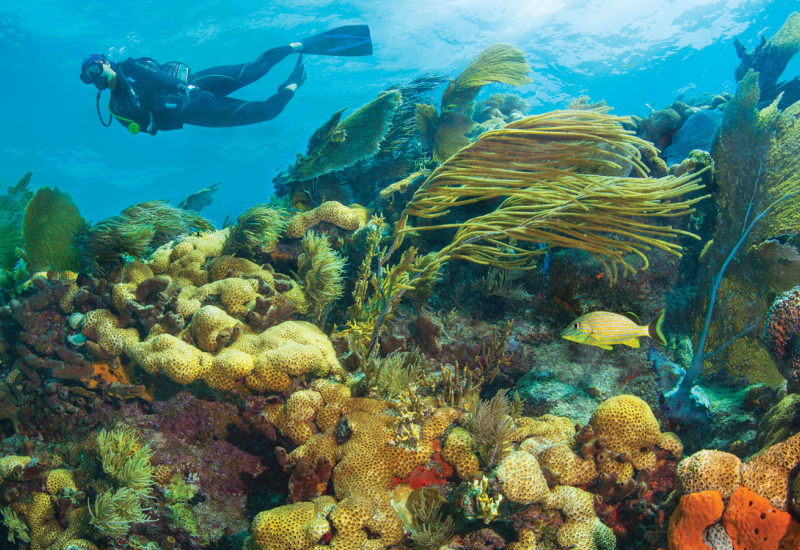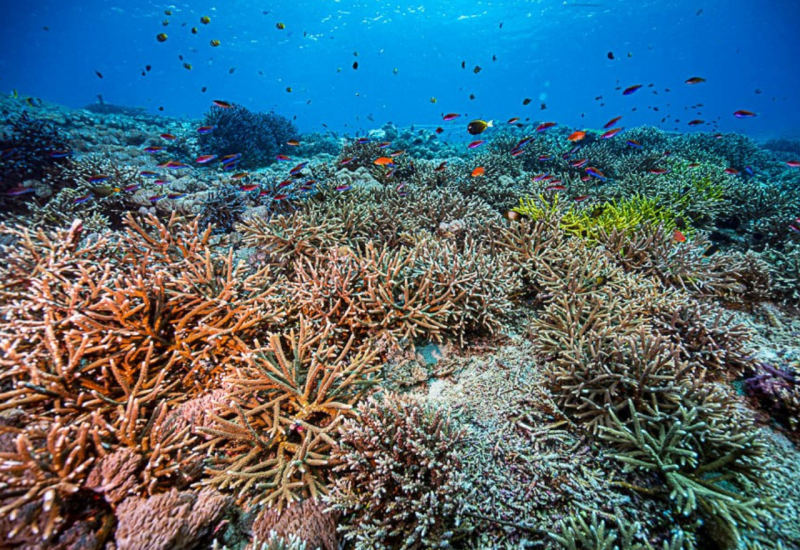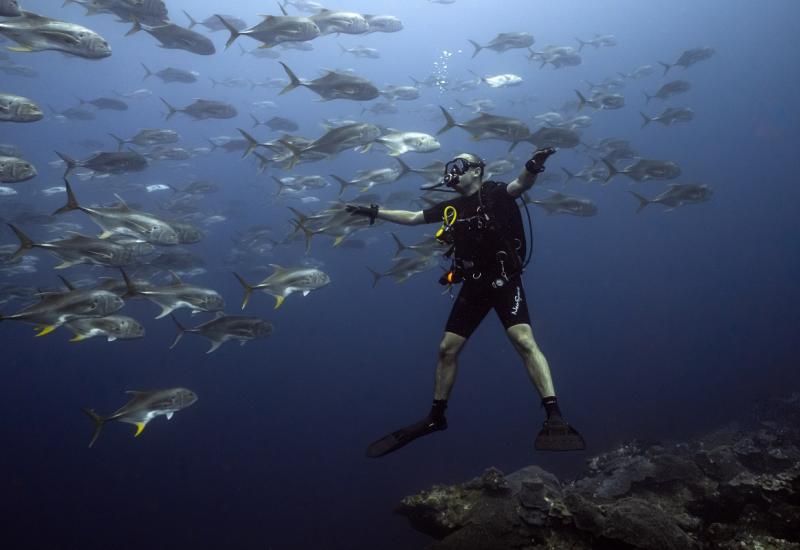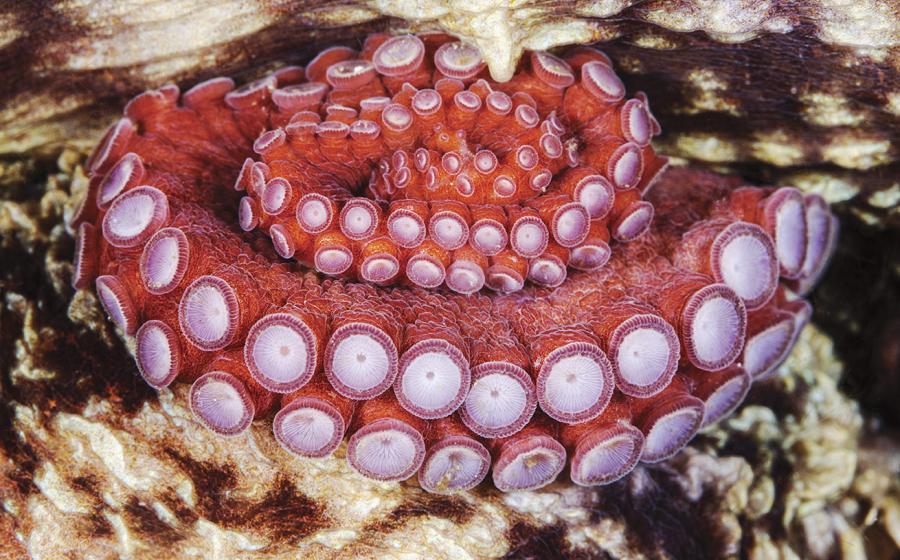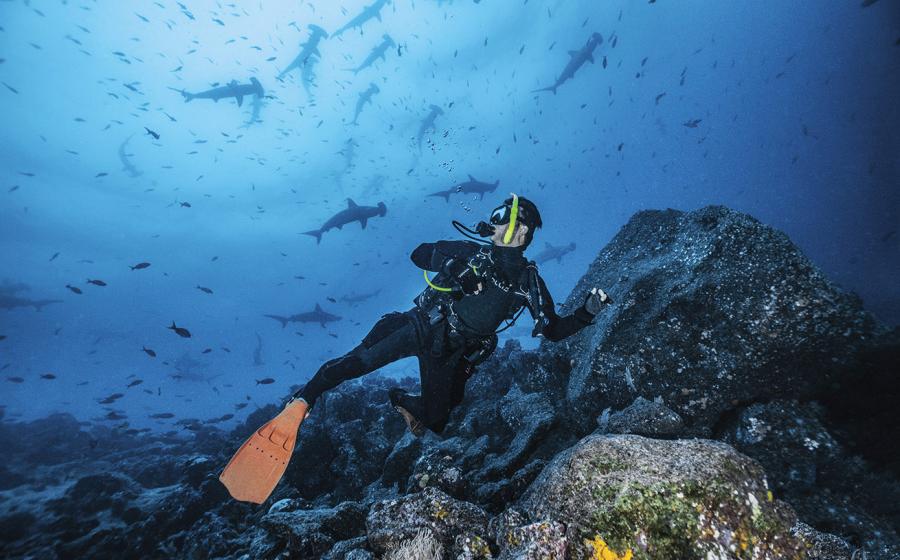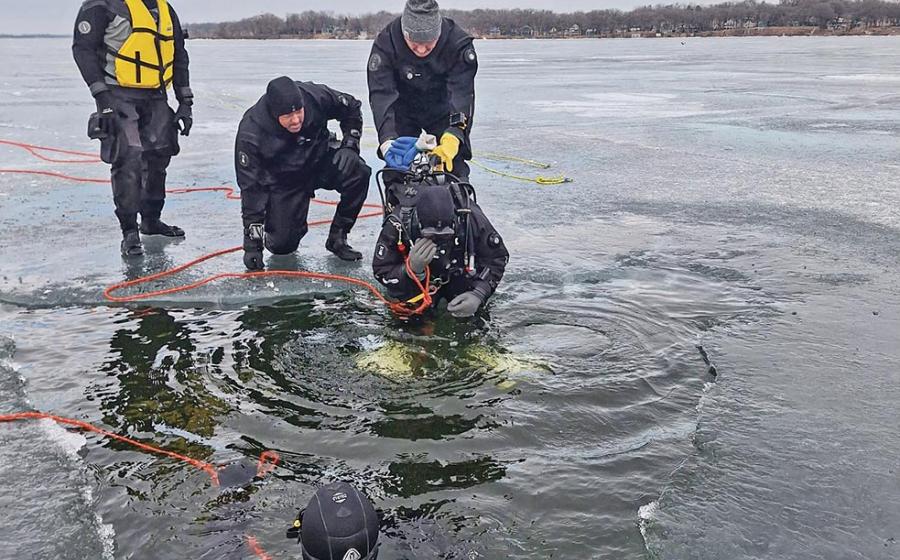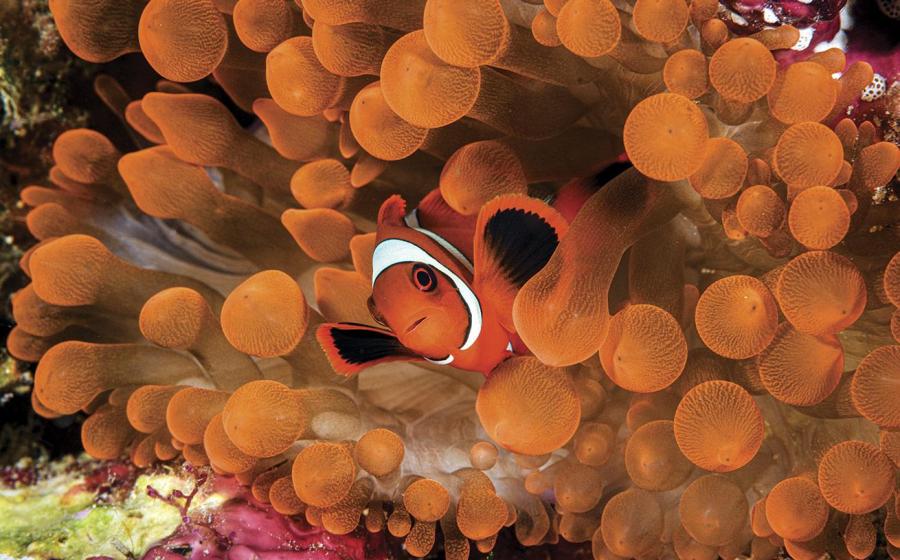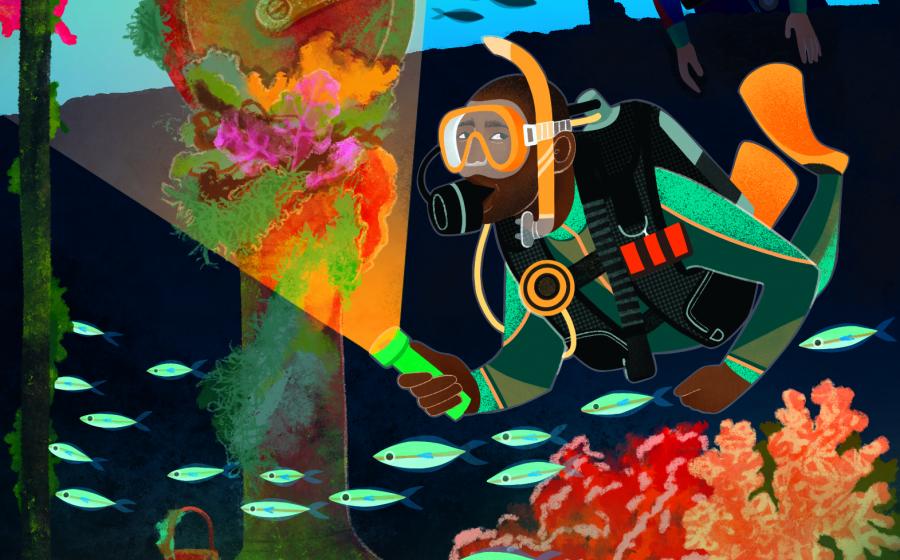Cocos-Galapagos Swimway Proposed to Shelter Migrating Endangered Species
A newly proposed marine protected area, the Cocos-Galapagos Swimway, aims to safeguard marine animals migrating nearly 500 miles between Costa Rica’s Cocos Island National Park and Ecuador’s Galápagos Marine Reserve. It would be the world’s first marine protected area (MPA) connecting the marine reserves of two separate countries
At least five endangered species, including whale sharks, sea turtles and scalloped hammerheads, migrate between the marine reserves along the Cocos Ridge. An underwater mountain range running between the two countries, it spans a 75,000-square-mile area that animals use as a “swimway.”
Animals start and end their migrations in protected areas, but the open ocean between reserves exposes them to commercial fishing.
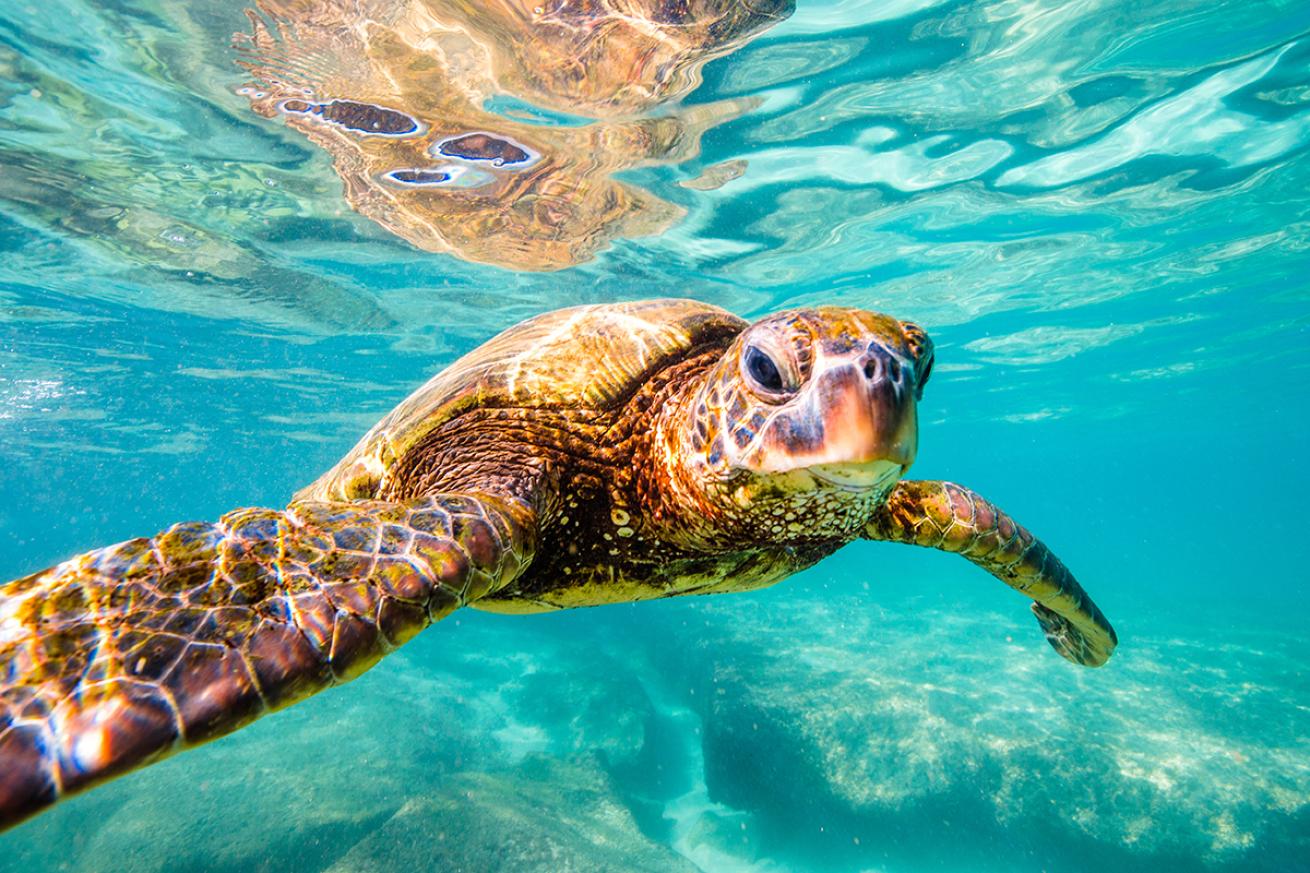
Shutterstock.com/Shane Myers PhotographyGreen sea turtles and leatherbacks are some of the animals that migrate in the proposed "swimway" between two marine reserves.
“It’s not good enough that Cocos and Galapagos have an area of a safe haven around them,” Dr. Sylvia Earle, oceanographer and founder of Mission Blue, said in a press release. “What about the space in between? That has to be protected too.”
Mission Blue declared the proposed swimway a Hope Spot, marking it a unique area of the ocean the prominent conservation group sees as worth of preservation.
“Becoming a Hope Spot and bringing the swimway to the attention of the global community is a big step towards supporting the governments of Ecuador and Costa Rica in developing meaningful protection for these endangered migratory species as they move through the ocean,” Dr. Alex Hearn, founder of MigraMar, said in the release. MigraMar, a marine migration research group, partners with Mission Blue to tag sharks to develop a clearer picture of animal migrations in the Eastern Tropical Pacific.
In addition to offering a haven for migrating species, the Cocos-Galapagos Swimway could reduce illegal fishing and increase fish stocks, foster unprecedented international MPA collaboration and, according to Turtle Island Restoration Network, capture and store about $12 billion worth of carbon.
The Cocos-Galapagos Swimway has yet to be approved by either Costa Rica or Ecuador, and faces strong opposition from commercial fisheries. There are also concerns about how the MPA will be managed given its wide expanse and the struggles countries already face enforcing existing reserves.
However, conservation experts remain hopeful.
“The creation of a Cocos-Galapagos Swimway is an outstanding opportunity for Costa Rica and Ecuador to further strengthen their ties by protecting a unique ecosystem in the world,” Yolanda Kakabadse, Ecuadorian conservationist and former president of World Wildlife Fund International, said in the release. “Although challenges will certainly arise, they fall short next to the opportunity of ensuring a healthy ocean for our future generations.”

